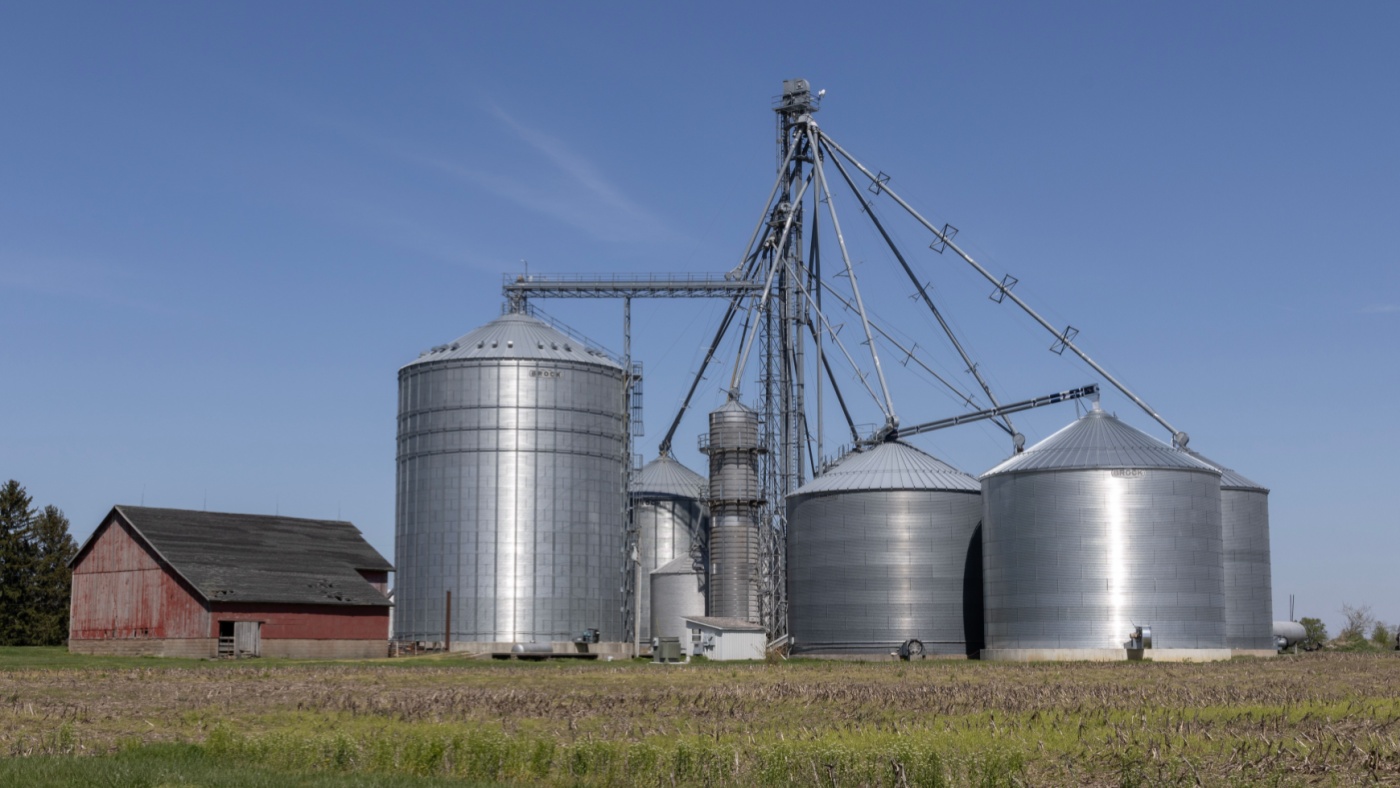Just because a farmer has a bin doesn’t mean it should be used. There are reasons to do so during harvest, but those may be put into the production cost category as they relate to the efficiencies of the harvest just to keep the combines rolling. Otherwise, Frayne Olson from North Dakota State University says it’s important to understand how much it costs to store a crop on the farm.
“I will argue when you do the math on on-farm storage and I’ve done this many, many times, it’s going to come out surprisingly close to what commercial storage is. So if you look at the commercial storage rate that the elevator’s charging, it will be pretty close to the costs for on-farm storage. It might be a little higher, might be lower depending upon your conditions.”
It is a simple and quick way to calculate on-farm storage costs. Olson says that storage cost number is a simple marketing tool. It can be deployed easily enough to capture “the carry” in the market.
“So for a quick and dirty estimate for kind of a rough, rough number to use in your head as you’re thinking about what to do and when to market and what is the, you know, the cost to carry in the market relative to my cost of storage, that’s a pretty good number to use.”
Here’s how that works. Subtract the elevator’s storage cost from the delivery month bid today. Then compare that price to what you think the price is likely to be when the grain will be delivered. You may find that it isn’t worth using the on-farm storage.


